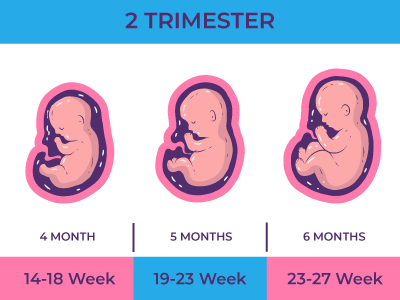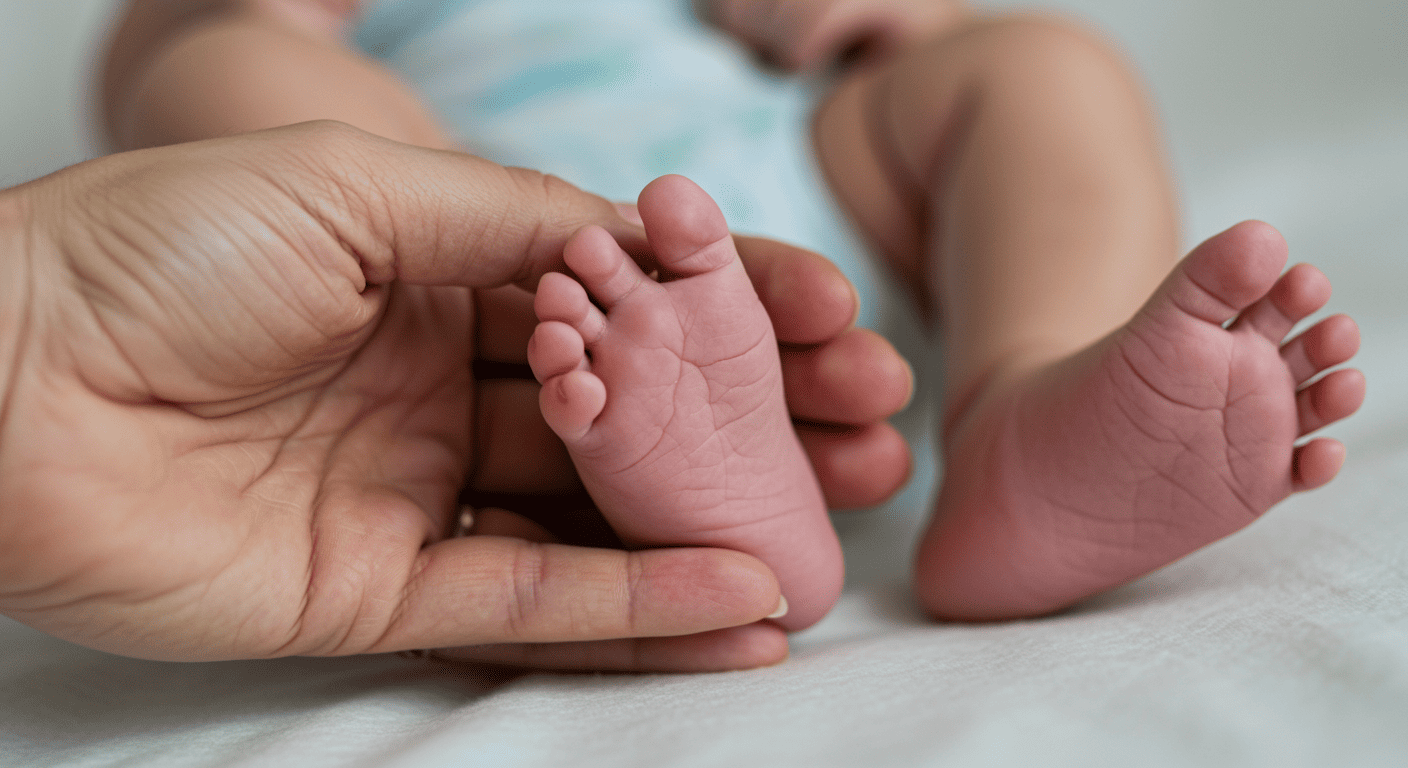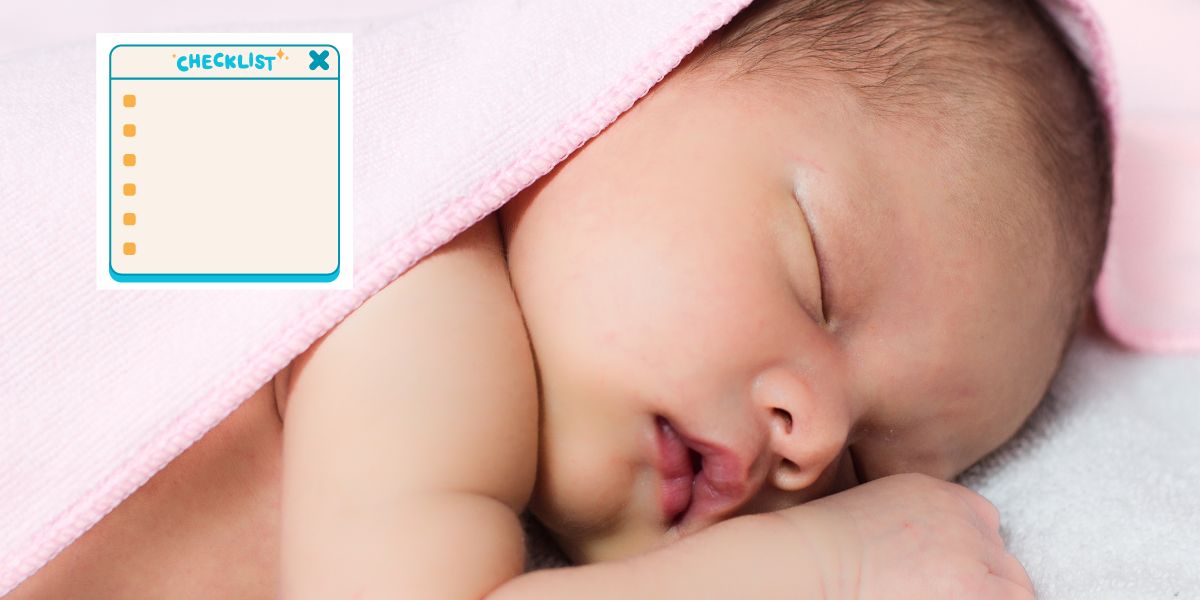What Is the Second Trimester of Pregnancy?
The second trimester of pregnancy is between the fourth to the sixth month, or in other words, from week 13 to week 28, and this is the time when most women begin to appear pregnant. At the same time, their stomach starts to grow, and many women announce their pregnancy to be known to their friends and family if they haven’t already done so before.
Expected weight in the second trimester of pregnancy.
At the beginning of the second trimester, the baby will weigh approximately 1.5 ounces; by the end of this stage, he will weigh about two pounds. Based on the BMI, the doctor can estimate the weight that the mother should gain at this stage according to the following:
- Underweight, or if your BMI is under 18.5, you should gain 28-40 lbs.
- Standard weight, or a BMI between 18.5 and 24.9, should gain 25-35 lbs.
- Obese, or have a BMI of over 30, should gain 11-20 lbs.

Changes in Your Body
In the second trimester, many changes in the skin can occur. Some examples of common changes that occur during the second trimester of pregnancy are:
Stretch marks
- As the abdomen continues to grow during the second trimester, the mother may notice some stretch marks. These are the areas where the abdomen grows faster than the skin can keep up.
- As a result, the skin is slightly torn, and stretch marks appear.
- It will most likely occur in the abdomen and breasts (these areas expand more during pregnancy).
Dark line
- The dark line often appears in the second trimester of pregnancy, usually for about five months.
- It is typically brown, running from the belly button to the pelvis.
- Some women also have a line above the belly button.
- The dark streak is caused by the placenta producing more hormones.
- These are the same hormones that can cause Melasma and make your nipples look darker.
Melasma
Also known as the “mask of pregnancy,” Melasma is another symptom associated with increased amounts of hormones, particularly estrogen and progesterone.
- These hormones cause the body to make more melanin, which is what gives skin its brown color.
- In addition to linea nigra, you may also notice brown spots or dark skin on the face.
- Doctors usually don’t recommend treating Melasma for most women because it goes away after giving birth.
Sensitivity to the sun
- Pregnancy at this stage increases sensitivity to the sun.
- The mother should use sunscreen with an SPF of 15 or more on the face before going outdoors.
- This can prevent melisma from getting worse during pregnancy.
- Your doctor can prescribe topical medications to lighten dark areas.
Increased appetite during pregnancy
At the beginning of the fourth month, you can feel the uterus through the abdominal wall; The belly will start to grow more, and the pregnancy will appear more, and you may rediscover your appetite for food; Where the appetite may increase more.
Here, You should pay attention to the importance of controlling weight with a natural increase, and harsh diets are not recommended during pregnancy.
Only a balanced diet of vegetables, fruits, proteins, and carbohydrates, drinking plenty of fluids, staying away from fast food, abstaining from alcohol, not having a lot of sugar, and sticking to regular healthy snacks during the day, which maintains the level of sugar and energy in the blood.

Fetal development in the second trimester of pregnancy
- The fetus’s genitals are developing so that the doctor can determine its gender.
- Your baby’s head, hair, eyebrows, and eyelashes are growing.
- The fetus’s nails grow and develop further.
- The skeleton becomes made of bone instead of cartilage.
- The spleen begins to help produce red blood cells.
- The fetus can respond to external factors. If your abdomen is tapped, for example, it will move away from the location of the tap.
- The fetus’s taste buds begin to develop, and the fetus can distinguish between sweet and bitter.
- The fetus’s sweat glands are developing, and its nervous system is working well.
- The fetus’s skin is covered with a white layer called “vernix cytosol,” This layer protects the fetus’s skin from prolonged exposure to the fluid that surrounds it in the womb.
- The fetus’s muscles are developing, and it can move its limbs and joints.
- A protective covering is formed for the nerves of the fetus, and this process will continue for a year after its birth.
- The retina is sensitive to light, so the fetus will move away from it if a bright light source is shined on the abdomen.
- Your fetus’s sensory systems are developing, and he’s now able to hear your voice.
- The fetus’s kidneys continue to produce urine, and the arms and legs are now the same lengths.
- Your baby’s fingers and toes are visible, and their shape is discernible.
- Your baby may respond to sounds by movement or by increasing the pulse.

Food to eat and to avoid.
The best diet for pregnant women the pregnant woman must adhere to the best diet for her and her fetus, which is:
- The best diet for pregnant women, discipline in eating three medium-sized meals between them and two small meals, provided that the pregnant woman does not eat until complete so that she does not suffer from the problem of heartburn later.
- Eat healthy, well-cooked, and ripe food.
- Avoid eating fast food.
- Beware of eating salty foods, processed meat, and canned foods so that there is no chance of fluid retention in the pregnant woman’s body and high blood pressure.
- The best diet for pregnant women, avoid eating fried foods and foods saturated with fat.
- Make sure to eat vegetables and fruits because they provide the pregnant woman with essential vitamins and nutrients.
- Now you can take nutritional supplements under the supervision of a doctor.
- Eat whole grains.
- One of the best diets for pregnant women is to eat nuts in their natural form to get omega 3.
- Increase the intake of water so that the pregnant woman does not become dehydrated.
- Eat fresh milk products and avoid eating processed cheese, mash, and other products that are harmful or not.
- The best diet for pregnant women ensures that you avoid excessive consumption of caffeinated drinks.
- Consult the doctor about exercising an appropriate sport for her to complete the best diet for the pregnant woman with exercise to preserve the safety of the pregnant woman and the fetus
Your baby's development in the second trimester of pregnancy
The growth and development of the fetal organs continue in the second trimester of pregnancy based on what was formed in the first trimester. During this third of pregnancy, your fetus will go from being the size of a nectarine to a cauliflower. This growth spurt becomes more noticeable as your tummy gets bigger and more prominent, and it becomes more realistic for you as you start to sense your baby’s movement in the second trimester.

Each week of the second trimester will bring something new to you. At 14 weeks, for example, your little one will start practicing sucking and swallowing mechanics (maybe even sucking his tiny thumb at this early stage). Facial features like eyes and ears will begin to take their normal positions.
By the sixth month of pregnancy, your little one’s heartbeat will be loud enough to be heard with a stethoscope. Your little one will also begin to follow an almost regular cycle of sleeping and wake, even finding his preferred sleeping position, and your baby will develop his ears and hearing enough to enable him. He can’t hear outside sounds, so it would be pleasant and exciting to read or sing to him at this point.
Problems that appear in the second trimester of pregnancy
Adding 15 pounds of weight during the second trimester can increase discomfort, particularly in the lower back. A growing belly can also put additional pressure on the back. Ways to reduce lower back pain associated with the second trimester include:
- Sleep on the left side with a pillow between the legs.
- Avoid carrying heavy items.
- Avoid high-heeled shoes.
- Sit on solid chairs, and keep the back in a straight position.
- Maintain good posture whenever possible.
- Get a pregnancy massage.
- Apply heat or cold for 10 minutes to the back.
Conclusion:
In the end, the second-trimester pregnancy goes through a lot of symptoms, such as a change in the skin, eating certain foods, gaining weight, and changing myself for some women, so we advise you, madam, to read the article well, and follow the advice we mentioned in the mobile, to be in good health.




